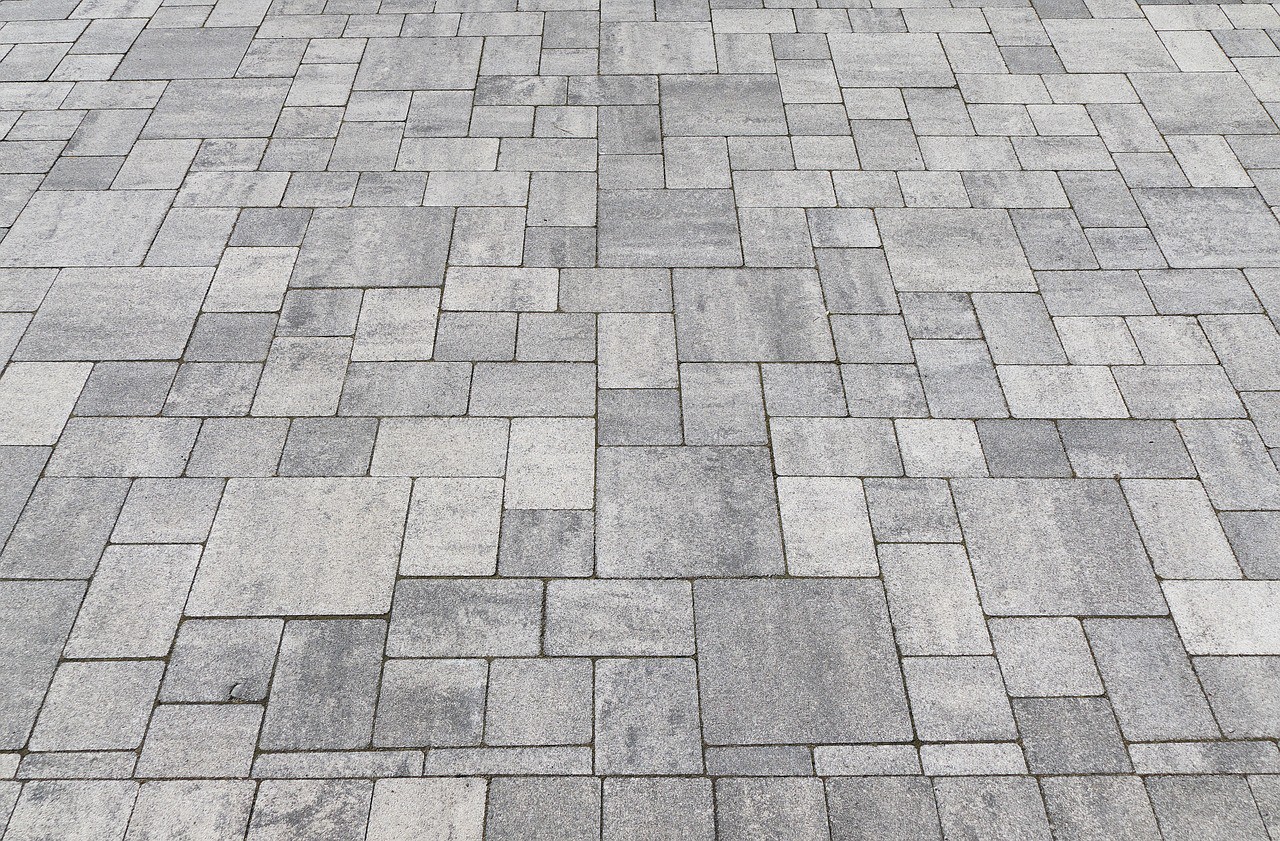Concrete block paving, whereby the blocks are made of concrete and often coloured, offers a surface which is hardwearing, aesthetically attractive, durable, trafficable, comfortable when walked on, and very easily maintained.
The blocks are consistent and accurate in terms of size and durability.
Block paving, or block pavers, if you prefer, are suited to driveways, pedestrian walkways, and areas that are heavily trafficked.
Designers utilise different coloured blocks, different shapes and different textures to distinguish parking bays, public areas from private areas, and roadways from footways.
Straight after laying, concrete block paving may be used immediately. What’s more, block paving takes minimal maintenance to keep it looking great and functioning perfectly.
What are the Advantages of Concrete Block Paving?
1 Block variety
Block paving comes in a variety of types, styles, sizes and colours. This means that you have numerous possibilities for design.
2 Attractive
Block paving is far more attractive than most other hard-wearing types of surface such as tarmac or concrete.
3 Uniform surface
Block pavers are manufactured. This means, unlike when a surface material is cut from natural stone, the blocks are particularly accurate and uniform when laid.
4 Easily replaced
If any blocks are damaged, or they are stained due to spillages of oil or petrol/diesel, they can be replaced.
5 Special machinery not required
To lay block paving, no special machinery is needed, which is quite unlike alternative hardwearing surfaces such as tarmac. Because of this, costs are kept down.
6 Not overly expensive
Besides the fact that no specialist machinery is required, block pavers are a relatively inexpensive material, and not overly costly to lay.
Blocks can be had for around £8 to £10 for a square metre at the cheaper end. Concrete block pavers are cheaper than natural stone blocks (like granite setts, for example) and clay pavers.
Of course, you can add “accoutrements” such as steps, drainage, and edging, all of which will push up the price tag.
Further, not all block pavers are cheap.
7 Domestic and commercial applications
There are numerous block paver depths available: Anything from 50 mm through to 100 mm and upwards.
Thus, block paving is suited to domestic purposes as well as to commercial applications.
What are the Disadvantages of Concrete Block Paving?
1 Weeds and moss
Weeds and moss in the form of airborne seeds can settle within the sand and grow. Weeds and moss may need to cleaned out fairly frequently.
2 Sinkage
Sub-bases that are either poorly prepared or inadequate can cause sinking in high-usage areas or areas that bare a lot of weight such as driveways.
3 No warranties and poor quality service
There is no costly machinery required to lay block paving. Due to this, many “fly-by-night” operators join the block paver trade.
While a warranty may be offered, it’s not certain to be credible.
What’s more, many block pavers have limited experience and are not qualified block installers.
4 Can prove to be costly
If specialist-type blocks are chosen, blocks such as natural stone setts or tumbles, concrete block paving may be expensive to have.
5 Drainage systems may be required
When permeable block paving is not used, drainage systems must be installed so that surface water can drain away. This adds to the overall cost.
6 Colour fade
For some of the less expensive block pavers, the colour may fade given time. This is caused by UV light exposure.
7 Block move
Blocks can move and gaps created when curbing or edging restraints are not used in the appropriate places.
Curbing and edging restraints provide the surface area with integrity.
Image by Wolfgang Eckert from Pixabay
